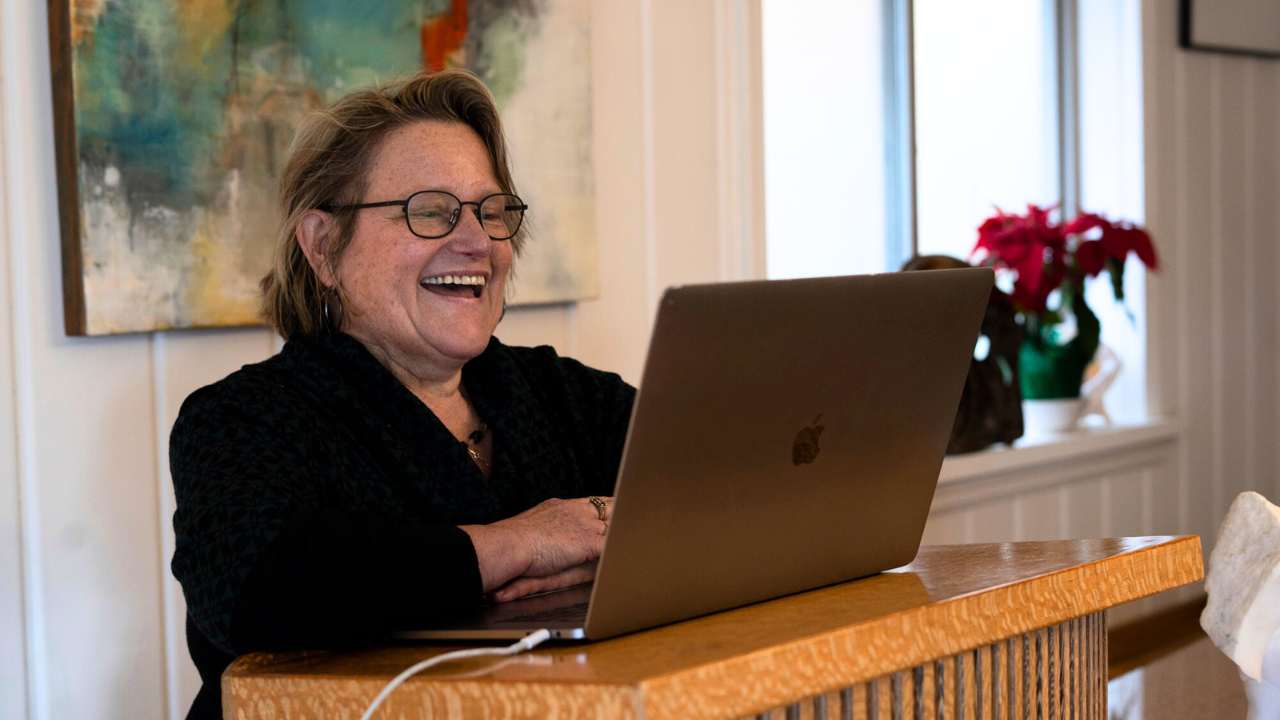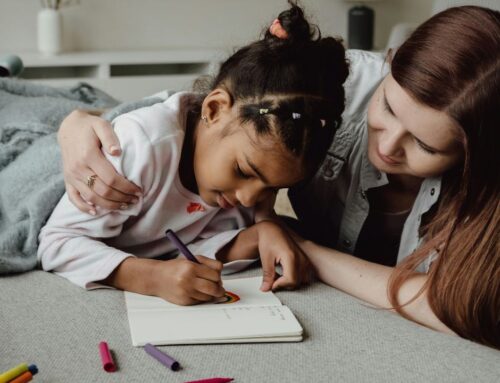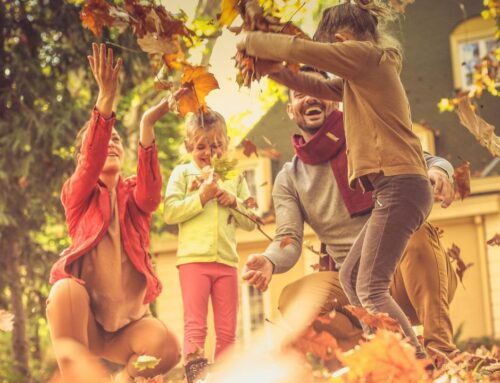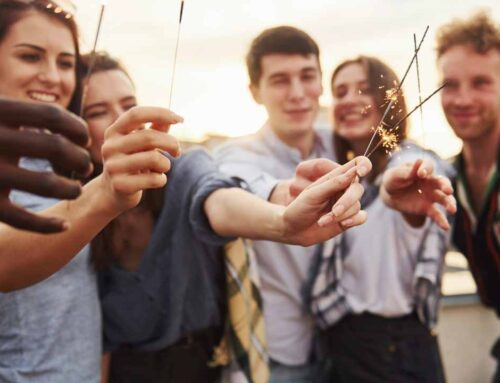When SelfDesign® Learning Community merged with the International School of the Kootenays in 2009 and began offering grades 10 to 12 to young people across B.C., educator Diane Walters came to SelfDesign as part of the package.
The well-known Nelson-based ceramicist had taught at and designed curriculum for the international school before the merger. Having that established collection of courses helped SelfDesign quickly expand its offerings beyond the grade 9 level. Beginning that September, SelfDesign learners could finish grade 12 with a Dogwood Diploma, an Adult Dogwood Diploma, or a BC School Completion Certificate.
“What SelfDesign had were the students but not an accredited high school program,” Diane says. “And what the International School of the Kootenays had was a BC Ministry of Education–approved and –accredited high school program, but they didn’t have the students.”
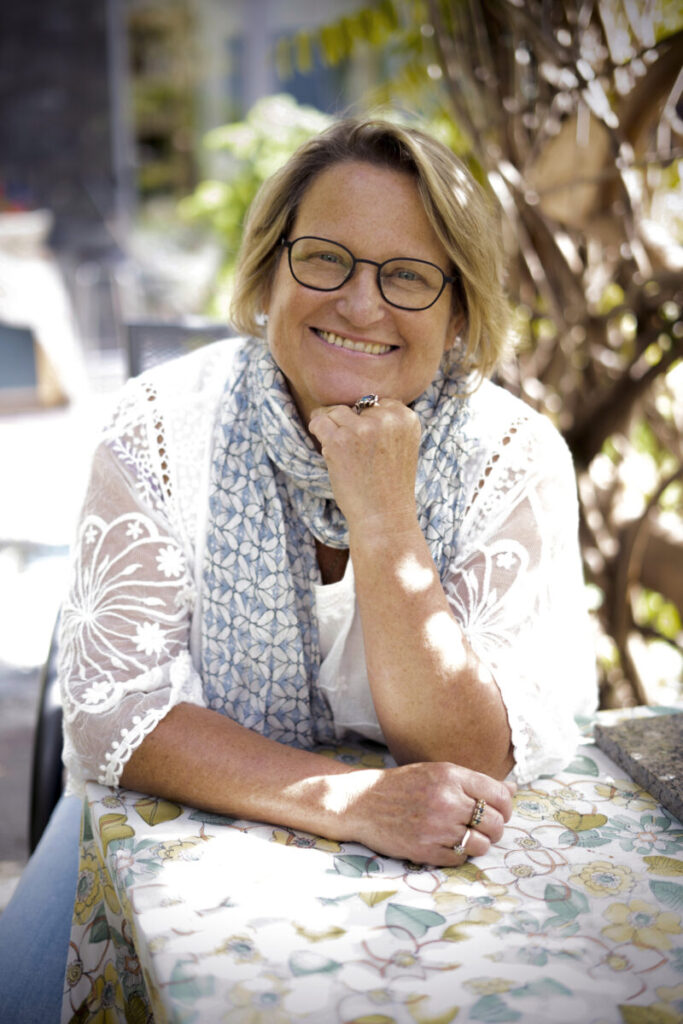 Designing courses to facilitate and support learners’ self-direction
Designing courses to facilitate and support learners’ self-direction
At SelfDesign, Diane continued developing courses and workshops for learners. She drew on her two university degrees in the arts and education, 25 years of teaching in the Waldorf tradition, and decades of working with and supporting children, adolescents and families in their learning. She adapted many of the school’s offerings for learners with special needs in the higher grades.
“I was one of the mentors in SelfDesign’s grades 10 to 12,” Diane says, “as well as a curriculum writer. I wrote five courses and taught them, and I contributed and collaborated on other courses that other people led. All of the high school faculty worked collaboratively.”
At the time, mentors were one of multiple educator roles in SelfDesign and at the Wondertree Learning Centres. Mentors facilitated coursework and subject areas, and they supported learners who were exploring those areas. Although some mentors who worked with learners at Wondertree and SelfDesign were BC-certified educators, others were members of the community who shared their specific expertise in their fields with learners.
Diane says her Master’s thesis, which she was just finishing when she started with SelfDesign, was called “The Unfinished Lesson.”
“It was about leaving room for the students to direct their learning,” she says. “For me, SelfDesign was the natural next step because it was all about working with student voice and student autonomy and dancing with their interests. I took the core mission of SelfDesign to heart and designed courses with these values in mind for the high school level. I worked and co-created alongside my students.”
Learning as an ongoing conversation
One of the five courses Diane wrote for the school was based on Social Studies 12 that the BC Ministry of Education called “Life and Society.”
“I called the course ‘Ethnomorphology,’ or ‘Changing Society,’” Diane says. “It was my favourite course, bar none. I taught it for years.”
Built around the competencies of speaking and listening, instead of reading and writing, learners in Ethnomorphology brought their interests and curiosities to direct the course’s week-to-week discussions.
“I’d ask, ‘What are your questions?’, and they’d say, for example, ‘Well, we want to learn about death.’ So our next class might take place in the graveyard. We brought the Tibetan Book of the Dead, and we looked at diverse cultural rituals working with the dead,” Diane says. “And then a learner might say, ‘I want to know more about ritual. My mom has these rituals, like celebrating the Solstice. I want to know why people need to do this.’ So we would explore ritual in a broader sense.”
The learners chose what to focus on. They brought materials and poems to share with each other. Diane facilitated the meetings, asking questions, encouraging discussion, suggesting alternative viewpoints to consider and places and opportunities the learners might want to explore in their local communities.
When the first group of learners who took the course finished grade 12 in 2010, they continued gathering in person and online every week to carry the conversation further for another year.
“This group went off and traipsed around the world or went off to university or whatever they did, and they would Skype from wherever in the world they were into our meetings on Thursday afternoons,” Diane says. “It was an informal online course that they were taking after graduation. Many didn’t need the credit, and I wasn’t getting paid. They just kept coming.”
“Our Enthomorphology group was a truly inspirational and pivotal experience for me. We would discuss topics ranging from the four temperaments, death, cultural movements throughout the ages … poetry and anything else someone in the group would propose,” recounts one learner who finished grade 12 with SelfDesign in 2010. “We would propose challenges to the group each week and then discuss our experiences. I recall one was to not look in a mirror for a week. This learning was so rare and unique, I was amazed that I was awarded high school credit.”
Inspiring learning through interests and passions
Being present for the learners and encouraging them to be present for each other was an integral part of Diane’s philosophy, along with finding ways for learners to marry their learning with their interests and passions.
Sarah, a learner who graduated from SelfDesign in 2013 and is now a professional sculptor and clay artist, says Diane fostered her understanding of the sciences by connecting them to Sarah’s passions for pottery and ceramics.
“Diane made this whole connection between Chemistry and clay and between the Earth Sciences and clay, and it just made all of the science so much more interesting and relevant for me in a tangible way where I could make sense of things,” Sarah says. “And she had some really great lessons about connecting the human body to all you do when you’re working with clay because it’s such an active, engaged activity, and that was extremely impactful for me.”
For another learner with severe dyslexia and an abiding disengagement with school in any form, Diane opened the route to learning — and getting his high school science credits to graduate — through his passion for mountain biking.
“This boy was sponsored by a mountain biking company to go to some major race in Wyoming,” Diane says. “I asked him, ‘Do you know what you’re riding on?’ He answered, ‘Of course, I know, I grew up here. It’s mountain gneiss.’ So I said, ‘Okay, so the rocks around here are all metamorphic rocks like gneiss, as well as granite. Wouldn’t you think that if you knew what you were riding on, you could do a better ride?’ I suggested he find out what rocks and terrain he’d be riding on in the Wyoming race. He found out it was going to be a lot of sandstone. ‘Well,’ I said, ‘sandstone gives way differently than granite and gneiss do. We don’t have much sandstone here in the Kootenays. You’re used to riding on really hard metamorphic rock, and this is how it becomes metamorphic.’ I had captured his interest. Everything revolved around his mountain biking, and so Earth Sciences became how the Earth had evolved so that he could ride on it.
“Then I got him to do some slam poetry about it because that was another interest of his.”
For his graduation project, the learner submitted a video of himself performing a slam poem about mountain biking on different kinds of rocks and terrain. In the video, he also said, “I’d like to thank Diane Walters, who got me through high school.”
Lasting connections through learning
These days, Diane continues her work supporting homeschooling families and presenting professional development workshops for teachers, passing along her deep experience and knowledge to the next generation of educators. Her podcasts, blogs, courses and videos can be accessed through www.teachingintothefuture.com. She also continues to run her ceramics studio, offering classes and workshops.
And although the young people she worked with through SelfDesign have since gone on and built careers, families and lives, they still keep in touch.
“They continue to reach out and connect with me,” she says. “I know I made a difference in some kids’ lives. I know it because, after 10–15 years, they’re still coming by to say hello.”
Meet other members of SelfDesign’s community, past and present
Meet SelfDesign learners, past and present

